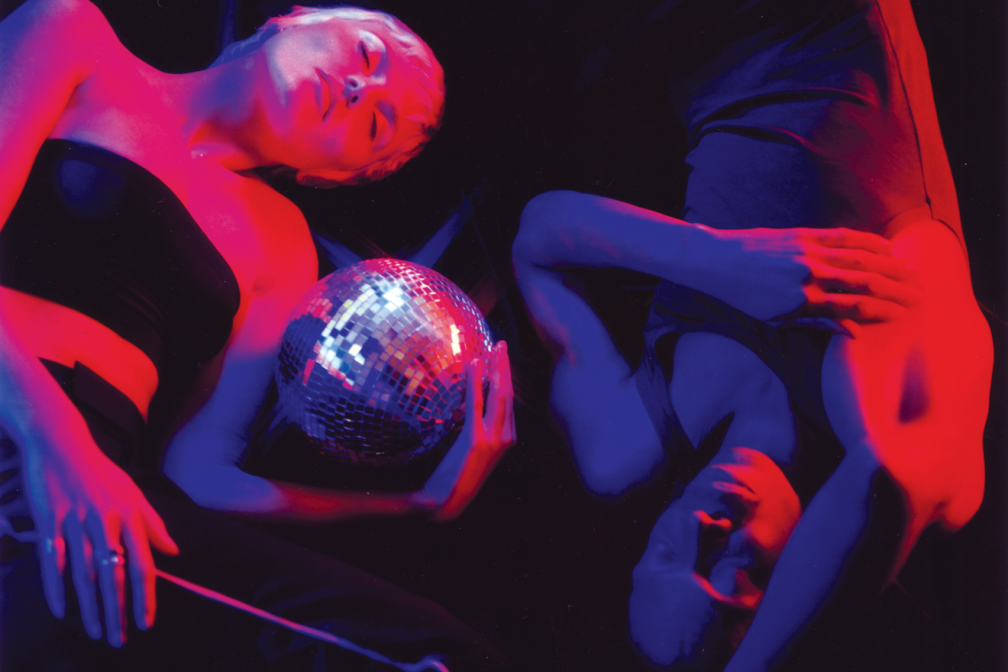 Features
Features
The story of ‘Insomnia’
Twenty years on, we talked to Maxi, Sister Bliss and even the elusive Rollo to get the story behind Faithless’ mega-hit

Baking done, 'Insomnia' was released in December 1995. It hit a very respectable 17 in the national charts but not, as Maxi recalls, with much help from Radio 1.
"'It has no chorus/hook' – at least, that's what Radio 1 said when they refused to play it," reveals Jazz. "By that stage, none of us thought Faithless would be anything more than a hobby."
Clubland had a different idea, though. 'Insomnia' (and its myriad mix versions from Moody to Tuff to Armand Van Helden's speed garage version) became an essential 12" throughout 95/96, especially around New Year's Eve 1995 thanks to the intro's instantly recognisable clock chimes.
A Top 20 hit with heavy club representation and an imminent album; this would be the end of a release cycle for even the most successful dance singles. Not 'Insomnia', though. And it's all down to one enthusiastic German.
"Juergen Kramer. I remember him well because he had an addiction to buying Porsches. He had to buy garages on the other side of town to hide them from his wife!" Rollo laughs.
"He'd licenced 'Insomnia' to his label for German release. It got to number ninety in the national charts and he refused to let it go. He kept hassling radio DJs to play it, he kept sending it out to club DJs. He wouldn't stop. At one point 'Insomnia' got to number two in the German charts and 'Salva Mea' was at three. Only Faithless and the Beatles have had a number two and number three in the German charts at the same time!"
From here on in, its European success was meteoric. Trouncing the Top 10 in Austria, Belgium, Ireland, France, Denmark and Canada, and No 1 in both Norway and Finland, 'Insomnia' became a worldwide crossover hit.
"We had no idea about this at first," admits Rollo. "Pete Tong heard about it, he dusted it down and started playing it again and he became a champion of it, especially in Ibiza during the summer. We had no choice but to re-release it!"
This time around 'Insomnia' sucker-punched the UK charts at number three; ensuring its status as an immortal 90s-defining anthem for all music fans, not just clubbers – and launching a million copycat tunes.
The record's famous plucked string sound that they'd made their own (firstly on 'Salva Mea') was being pillaged by acts such as Brainbug, Future Breeze and DJ Quicksilver, leading to an entire genre some pundits labelled 'pizzicato house'. A high form of flattery; but the band didn't quite see it that way at the time…
"There were a lot of imitators," Bliss remembers. "I was ringing the lawyers every five minutes! I was a lot more litigious when I was younger. But because we were independent and managed ourselves we were able to make our own decisions. We weren't stuck in a stylistic corner; we could make something different. After 'Insomnia' every single had to be different. So even the rip-off tracks were a really important part of Faithless's development. We had to move on and explore new ideas, which is what the three of us were really driven by – and what's kept us here to this day."
Faithless 2.0 is out now on Ultra Records
[Photos: Hayley Madden/REX Shutterstock]


